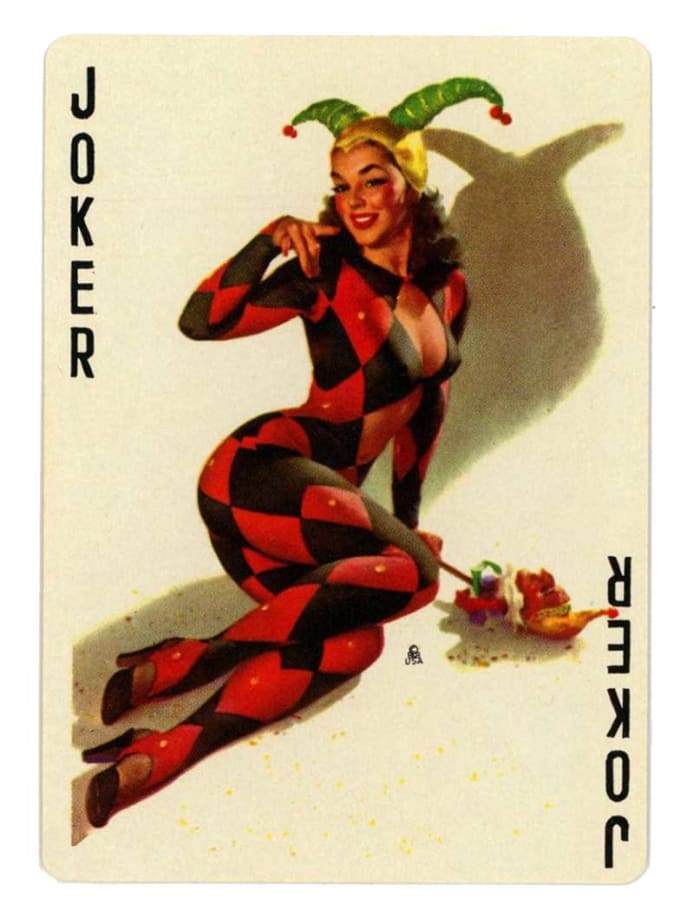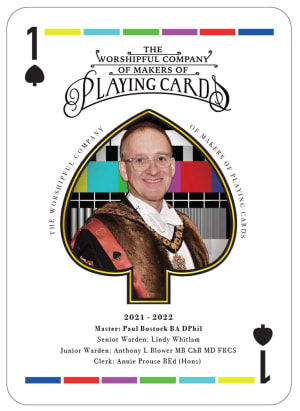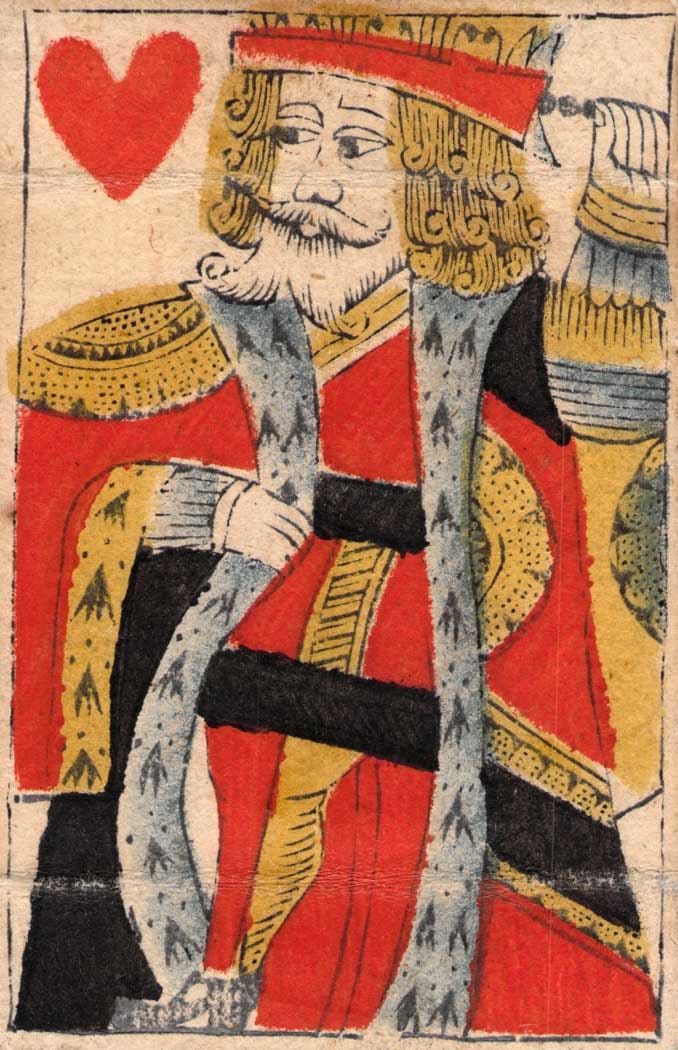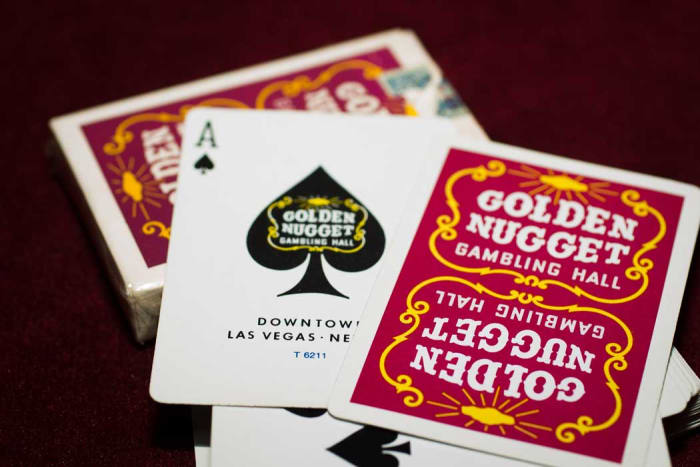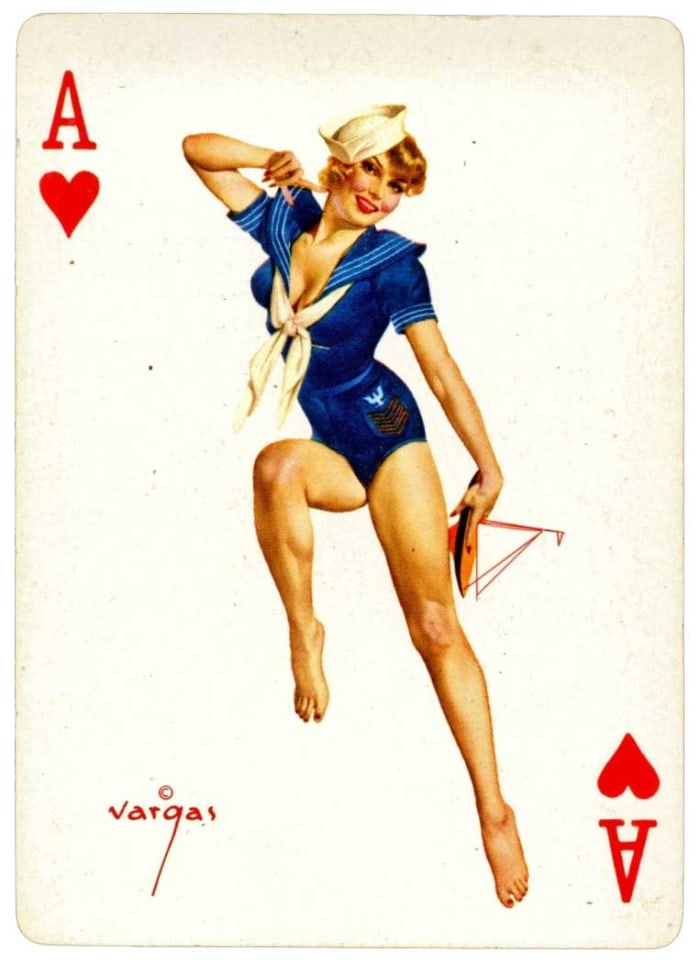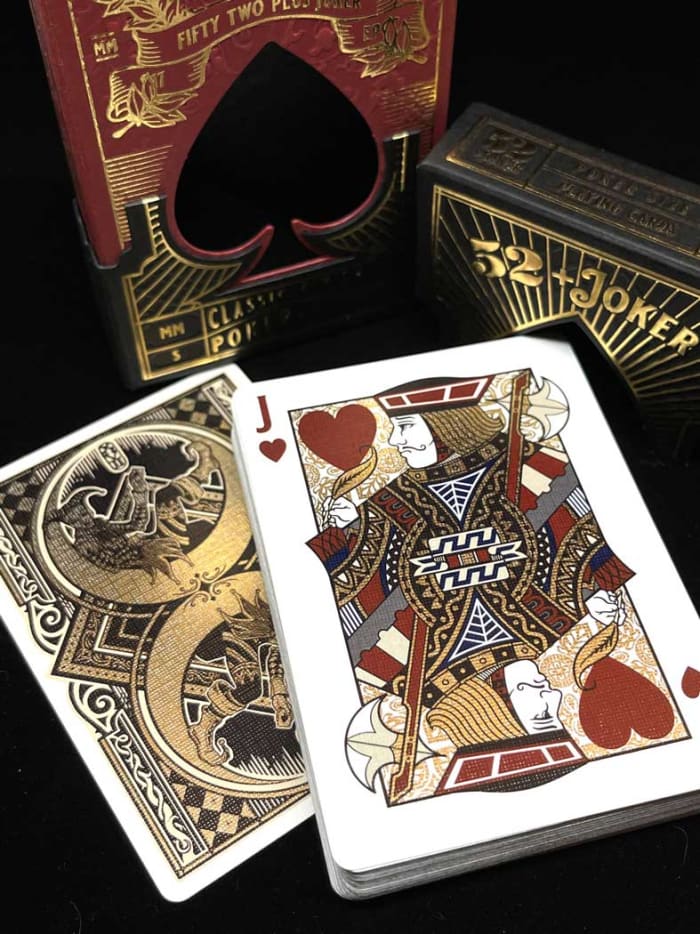#Joker #Members #Card #Collecting #Real #Deal
Somewhere, in some century, someone designed the first playing card deck. Nobody knows the exact place or time or designer; but because of this creator’s imagination, playing cards have proliferated throughout the world.
Collectors, of course, have taken notice because that’s what collectors do. The hobby is growing exponentially. People of all ages, professions, and experiences are joining in the fun with the aid of forward thinkers, like Lee Asher, Paul Bostock, and Alexander Chin.
If anybody knows playing cards, it’s these three. Asher is the president of 52 Plus Joker, the world’s largest playing card collector’s association. Founded in 1985, it helps enthusiasts collect and trade antique, vintage, and modern collectible cards and related ephemera.
With about 1,000 members, 52 Plus Joker is the world’s largest playing card collector’s association.
Bostock holds the prestigious title, Master of the Worshipful Company of Makers of Playing Cards in London, and is a council member for the International Playing Card Society. His passion is the history of English playing cards and he knows well America’s contribution to the hobby.
Chin is an award-winning designer of luxury packaging and an industry pioneer in innovative modern card decks. Chin and other entrepreneurs contend new technology in card design is attracting young people more than ever into the hobby.
All three will tell you that collecting cards can be a fascinating hobby, whether you enjoy the history, artistry and design, or the deep-rooted nostalgia that surrounds playing cards, which are categorized in antique (pre-1930s), vintage (1930s to 1995) and modern (1996 to present). playing cards.
Collectors enjoy other card genres representing Coca-Cola, movies, cartoon characters, places, magic, etc. The list is only as limited as your imagination.
The biggest question most collectors face: Where to start? Asher, Bostock and Chin encourage the curious to join 52 Plus Joker to feed your interest and to gain a rich, detailed knowledge of the club’s experienced collectors. A membership fee of $25 grants an array of benefits including a colorful printed quarterly publication, Clear the Decks and a monthly downloadable digital publication, Card Culture.
Each year, the club holds a convention. Because of the pandemic, a virtual convention was held in April with a potential live convention being held in October depending on where things stand with COVID-19.
No matter the setting, whether virtual or physical, the convention “is an outreach to all the world who likes playing cards,” Asher says. “Everyone is invited.”
The annual convention features lectures, activities, dealers, a mega auction, and the celebration of designers’ new works. The Diamond Awards honor: Deck of the Year; Artist of the Year; and the prestigious Dawson Award, given to the club member who has monumentally contributed to benefit 52 Joker Plus.
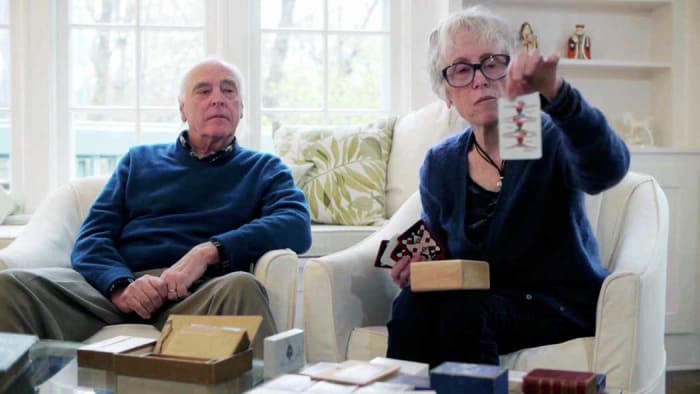
Judy Dawson and her late husband, Tom, have played a critical role in the card-collecting hobby.
Courtesy 52 Plus Joker
Judy Dawson, one of the original members and matriarch of the club, along with her late husband, Tom, has played a critical role with the club. It was Tom who created definitions for Antique, Vintage and Modern cards to help better organize eras. Asher credits the Dawsons with passing on their extensive knowledge of card collecting, allowing him to effectively run the club and empowering him to infuse the club with much needed energy for making new ideas happen.
The Dawsons updated Gene Hochman’s playing card book, The Hochman Encyclopedia of American Playing Card Makers, an invaluable reference for detailing types and brands of playing cards from the late 1700s to the early 1930s. Their more than 35-year collection of playing card ephemera is at the Beinecke Rare Book and Manuscript Library at Yale University, New Haven, Connecticut.
Asher has excelled at revitalizing the collecting club. While other clubs struggled or collapsed during the pandemic, 52 Plus Joker thrived, thanks in large part to the driving force of their president. When Asher was in his 30s, he went to the 2009 convention because he liked playing cards. The convention-goers were older, as were the club’s members. But Asher was comfortable surrounded by a senior group of collectors. Their passion sparked his interest.
He told the 52 Plus Joker members – fewer than 200 at the time – that he could bring young people to the convention. Because the club was aging out, Asher’s bold claim was enticing. Many were shocked when he returned with 10 card-collecting 17–21-year-olds. Later at a board meeting, and to Asher’s surprise, membership unanimously named him publicity director.
Through Asher’s enthusiasm and drive, and the vast interest in playing cards, 52 Plus Joker has grown to about 1,000 members in the past decade. Asher credits respecting the core values of the club. He first listened and observed the group and learned from the Dawsons. Then he gradually introduced the group to the benefits of using modern technology. The Dawsons applauded the advances, and the club has reaped the benefits of a growing membership.
As president, Asher instituted ways to make the convention livelier and more significant, such as the Diamond Awards and panel discussions. He remains a spirited ambassador for the club, welcoming everyone who love or has an interest in cards. Members joined from all areas of the playing card world: magicians, historians, gamblers, manufacturers, artists, and beyond. The variety of member backgrounds created a synergy, one that allowed members to learn and help each other to develop an even broader appreciation of cards. For example, card designers were soon talking to magicians. That magic trick helped seemingly opposing sides of a hobby see just how much they had in common and how they could work together to grow the field.
“This is one of playing cards’ golden ages,” Asher said. “The art world has taken on this medium. Manufacturers are paying attention.” Through it all, Asher is vigilant to pay homage to the long history of playing cards.
Which brings us to historian Paul Bostock, who has not only studied playing cards but has a large collection of standard English cards, many of which can be found at his website plainbacks.com.
“My thought is that sailors gambling from North Africa brought playing cards to Europe through the ports,” Bostock said of the migration of cards.
By the 1370s, many European town records show laws banning gambling, meaning there were probably cards involved. One of the earliest surviving, almost complete deck of cards, is the Stuttgart hunting-themed deck, c.1430. Painted on gilded pasteboard, the deck, with 49 of the original 52 cards present, is housed in the Landesmuseum Württemberg, Stuttgart, Germany.
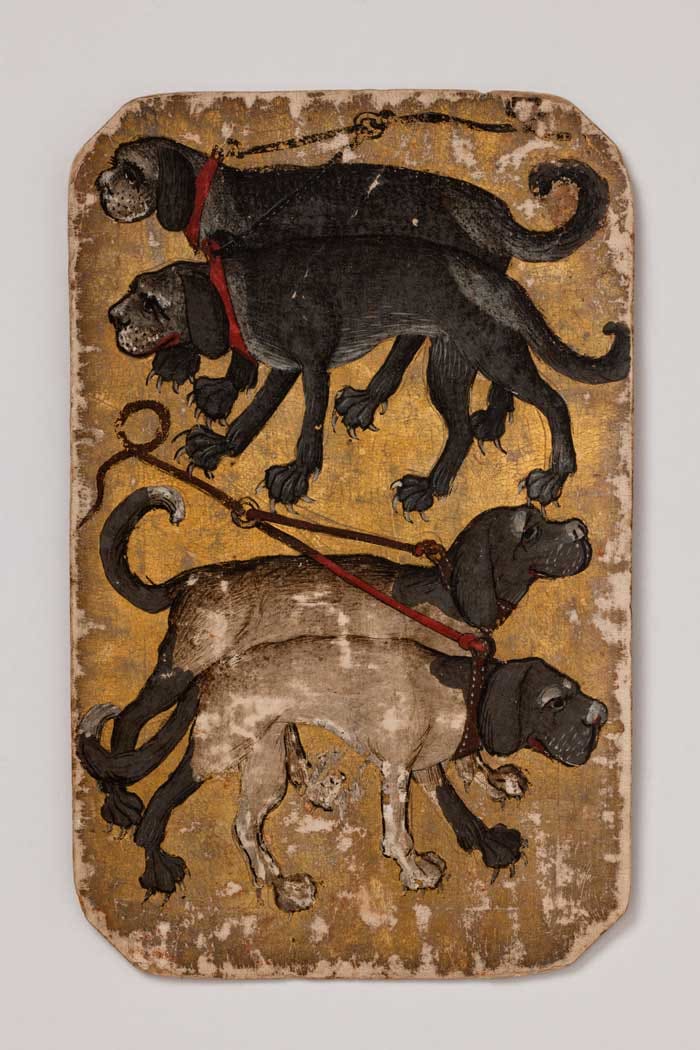
Four Hounds, one of the oldest examples of playing cards, c. 1430.
Courtesy Landesmuseum Württemberg, Stuttgart, Germany
Bostock owns a 1517 fragment of cards of jacks and a queen on a sheet of paper made by Valéry Faucil from Rouen, France. It was found in a book binding. France was the dominant area from where the English and Americans bought their cards. Bostock’s earliest card made by an Englishman is a 1680 C. Hewson card.
Card playing became popular in America around the 1830s to the 1850s with gambling games, such as faro, a late 17th-century French gambling game using cards. America greatly influenced global card playing with two innovations: the corner indices (the numbers in the corner) in the 1860s; and the addition of the Joker. “Before the corner indices,” Bostock said, “you had to count how many clubs, for instance, you had on the card to obtain the number of the card.” Asher said that corner indices were probably added to corners in other countries, but it was in America that the idea gained traction.
The creation of the Joker in the 1800s impacted card playing as well. Certain American games, such as euchre, needed an extra card like a Joker. More games evolved, making the Joker a popular addition to a deck.
Asher has collected many vintage cards, especially the casino cards, which dovetail nicely with his college degree in casino management. The white-bordered 1961 Golden Nugget cards sealed with the IRS stamp can sell for $1,000-$2,000. Cards with the IRS stamp sealed are more valuable because on June 22, 1965, the federal government repealed the playing card tax, forever removing the IRS stamp.
The white-bordered Dunes Hotel cards from the Vegas Strip are collectible on several levels. “Owning them can give a collector a nostalgic feel of days when performers, such as Frank Sinatra, played there,” Asher said.
Pin-up playing cards are another area of interest, especially those featuring the work of famed pin-up artists Alberto Vargas and Gil Elvgren from the 1950s and ’60s. As was their artistic norm, the illustrations of scantily clad women are playfully seductive.
The introduction of crowdfunding platforms like Kickstarter have made the funding of modern cards readily available for designers, lowering the entry barrier and revolutionizing the card collecting hobby by bringing in new collectors and designers.
“When Kickstarter first began,” Chin said, “there were only a handful of designers in the field that saw cards as a legitimate medium of art to pursue.” Now the field has grown exponentially. Chin funded several of his card projects via Kickstarter, including an 800th Magna Carta Anniversary commemoration as well as his modern-style Apothecary series. But it is Chin’s favorite deck, his 2019 National Playing Card Collection Day (NPCCD) entry incorporating an infinity mirror effect, that remains a crowning achievement.

Card designer Alexander Chin’s favorite deck, his 2019 National Playing Card Collection Day (NPCCD) entry incorporating an infinity mirror effect.
Courtesy Alexander Chin
You only have to take a look at the tuck box for the deck to realize why Chin is considered one of the best innovators in modern-card design. His 2019 deck uses an infinity mirror to seemingly create an arched hallway space that is larger inside the box than out. But to better understand it, see the series on Card
CollectionDay.com.
Chin enjoys pushing design limits so much that he has even explored using chemistry in an unreleased version of his 2020 “Hindsight” deck based on Pandora’s Box. “If you don’t heed the warning and open the box, you have broken the rules and must face consequences,” which for collectors means the vanishing of beautiful artwork by design through the application of a specially-developed ink made to disappear artwork when the cellophane is removed and is exposed to air.
What is driving many young professionals into designing and collecting playing card decks isn’t just crowdfunding lowering cost to entry, but also new technologies like gilding and foiling. Previously, for a craftsman to gild a card he hand painted the edges of it, but Chin said that it was not typically sustainable for play. He explains why modern gilding and holographic/spectrum foils are so hot.
“Modern-day gilding is applied via foiling to prepared edges of the deck,” Chin said. “It’s become prolific in playing cards again as a way to introduce variation in editions to a single print run. Modern rolled foil gilding applied through a special blend of heat and glue for each substrate type has been more successful both in the ability to provide variety in color and patterns to shining gilded edges of the cards as well as a more scalable process.”
The application of foiling to card faces, not the edges as before, is capturing designers’ interest. “Current technologies of cold foil and hot foil application work to add the reflective effects to the faces and backs of the cards themselves based on the designer’s needs,” Chin said. “Face foiling applications have become prolific in the past couple years with this last year being particularly fond of holographic/spectrum foils that display all the colors of the spectrum at once.”
The hope for Asher, Bostock, and Chin is to have more people see playing cards in museums and art exhibits. For now, however, they are providing avenues for collectors to engage with each other and learn more about the field through 52 Plus Joker and Portfolio52.com, the world’s largest playing card database, designed to help card collectors not only discover new decks but manage their own.
There appears to be no end in sight to the possibilities of the hobby. You could say the future is all in the cards.
For more information on card collecting, go to www.52PlusJoker.org


